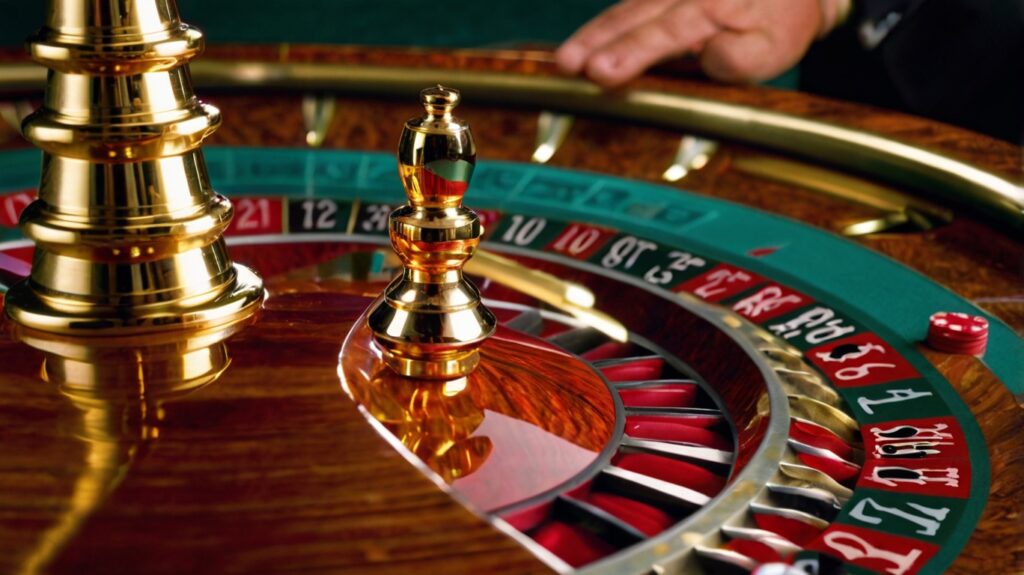
Baccarat, once a game reserved for European aristocrats and the elite, has transformed over centuries into one of the most widely played and recognized games in casinos worldwide. Though it may appear simple on the surface, the journey of baccarat from dimly lit drawing rooms in 19th-century France to high-stakes tables in modern Las Vegas and Macau is a fascinating story that intertwines culture, class, and the global gambling industry https://ga179.design/
.
Origins in Europe
The earliest form of baccarat dates back to 15th-century Italy. It is widely believed that a game called “baccara” (Italian for “zero”) was first introduced by Felix Falguiere. The game was named after the fact that tens and face cards held a value of zero—an idea that persists in modern baccarat. From Italy, the game migrated to France where it became known as “chemin de fer,” and it quickly gained popularity among the French nobility.
In France, baccarat was played privately among the upper classes. The rules of the time were more complex than those of today, often involving several players taking turns as the banker. This variant encouraged a social, slower-paced environment. It was not a game for the common people—it was elegant, refined, and closely associated with wealth.
Crossing the Atlantic
As time progressed, baccarat made its way into England and later into South America, where it evolved into a variation known as “Punto Banco.” This simplified version of the game eventually reached Cuba and, from there, entered the United States, particularly through Las Vegas casinos in the mid-20th century.
American casinos initially treated baccarat with great reverence. In Las Vegas, it was played in roped-off areas with dealers in tuxedos and players expected to dress in formal wear. The exclusivity was part of the appeal—it was marketed as a game for high rollers. The betting minimums were often too steep for the average gambler, reinforcing the game’s elite image.
Modern-Day Baccarat
Today, baccarat is one of the most profitable games for casinos, especially in Asia. In places like Macau, it dominates the casino floor and accounts for the majority of casino revenue. Unlike other games where strategy plays a big role—like poker or blackjack—baccarat is largely a game of chance. This simplicity has helped it gain mass appeal. Players only need to choose whether to bet on the player hand, banker hand, or a tie. The rest is left to the cards.
With the expansion of online casinos, baccarat has become even more accessible. Digital versions allow players to enjoy the game from their mobile phones or computers, often with lower minimum bets than land-based venues. Live dealer baccarat has also surged in popularity, bridging the gap between physical and digital gameplay. These versions stream a real dealer and table directly to the player, preserving the traditional feel of the game while adding convenience.
Baccarat in Asia
Baccarat’s popularity in Asia cannot be overstated. In Macau, it is considered the national casino game. Asian players are drawn to baccarat for several cultural and psychological reasons. Many believe in the idea of fate and patterns, and baccarat—being a fast-paced game with simple outcomes—lends itself to superstitions and rituals. It’s not uncommon to see players squeeze their cards slowly, hoping to influence the outcome, or use talismans for luck.
Casinos in Macau have adjusted to meet this demand. High-limit rooms are often dedicated entirely to baccarat, with tables surrounded by lavish furnishings and private service. VIP clients are courted aggressively by casinos because they bring in enormous revenue, often betting tens or hundreds of thousands of dollars on a single hand.
The Simplicity Factor
Another reason for baccarat’s global success is its simplicity. Unlike blackjack, where basic strategy and card counting can influence the outcome, baccarat is straightforward. There’s no need to memorize odds or make decisions during the hand. Players place their bets and watch the results unfold. This simplicity appeals to both casual players looking for quick action and high-stakes gamblers who enjoy the thrill of large wagers.
Conclusion
Baccarat’s journey from aristocratic salons to global prominence is a testament to its enduring appeal. What was once a game shrouded in mystery and exclusivity has evolved into a mainstream casino favorite, beloved for its simplicity, elegance, and excitement. Whether played in a luxury Macau resort or from a smartphone in a living room, baccarat continues to thrive as one of the most iconic games in the gambling world.
Its blend of tradition and modern accessibility ensures that it will remain a staple in casinos for years to come—an elegant reminder of gambling’s rich and diverse history.